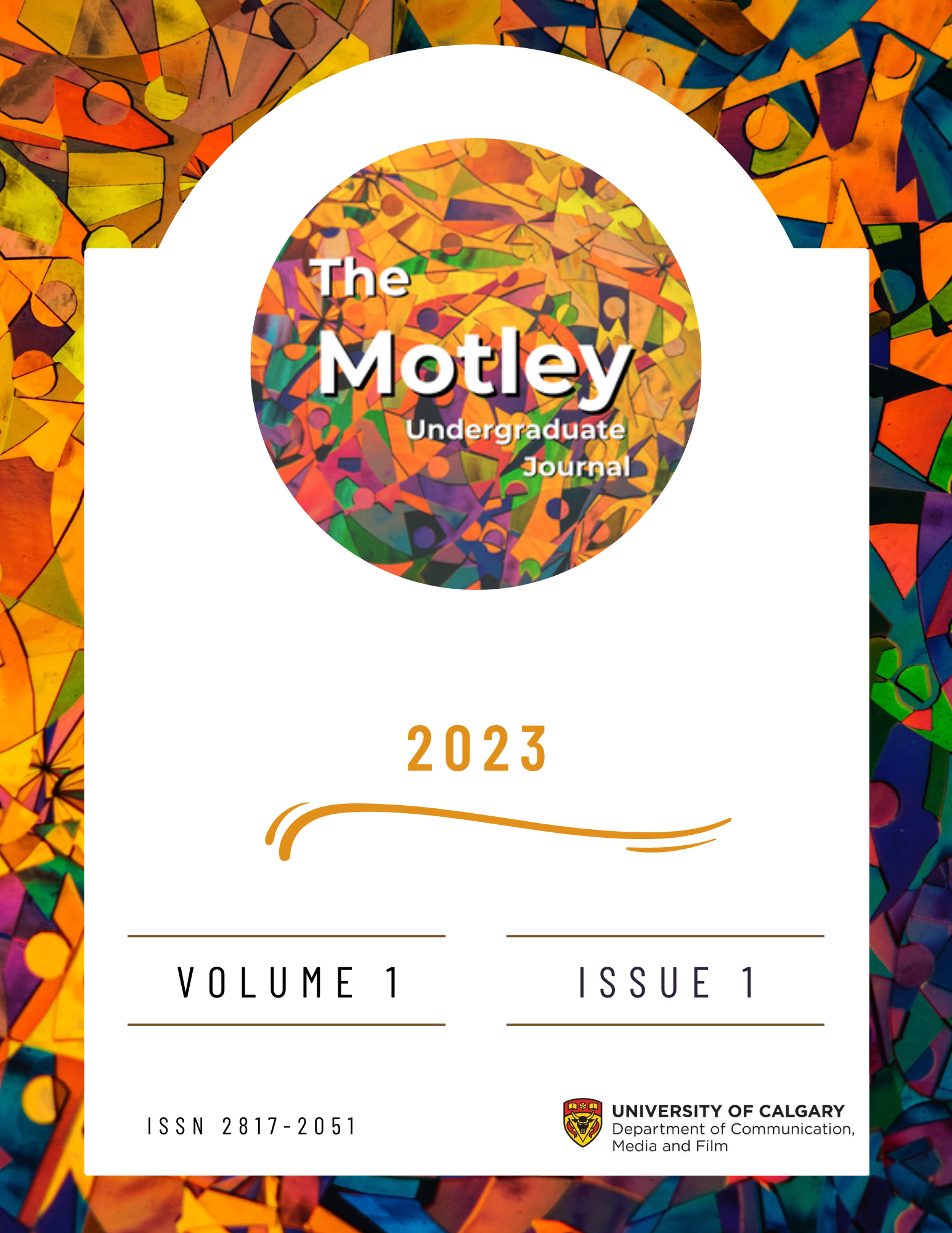History of transnational cinema and feminist film theory
How we can enhance our understanding of transnational women's film
DOI:
https://doi.org/10.55016/ojs/muj.v1i1.76473Keywords:
transnational women's film , film theory, critical analysis, communications historyAbstract
In order to understand the concept of transnational women's film, it is essential to look at transnational film theory and feminist film theory independently from one another. This article seeks to deconstruct the two theories, their independent histories, goals, and roles within the field of film theory. By doing so, the article aims to demonstrate the similarities of the two independent theories to make sense of how they form the concept of transnational women's film. This article provides a close reading and individual analysis of Higbee and Hwee Lims Concepts of Transnational Cinema and Patrice Petros's Classical Feminist Film Theory Then and (mostly) now. In doing so, conclusions can be drawn on the similarities that have led transnational film theory and feminist film theory to find a home together through transnational women's film. Analysis of both theories leads to the first discovery of their similarities in their development within academic study. Pointing at how both transnational film theory and feminist film theory found relevance as academic subjects begins the merger of transnational women's film as a relevant scholarly subject of inquiry. This article details the independent texts that state how the need for racialized and gendered thought enhanced their respective theories and impacted their development within film theory. By doing so, both authors showcase the rich histories of these theories and how they can be used to understand the diverse and impactful background of transnational women's film. Furthermore, both sets of authors detail suggestions for further scholarship in their respective areas. Pointing to how the independent transnational and feminist film theory evolved into transnational women's film theory. By engaging in an critical analysis of Higbee and Hwee Lim, and Petros detailed articles on the history of their respective fields of thought, conclusions can be drawn on how transnational film, and feminist film theory influenced the development of transnational women's film.
Downloads
References
Higbee, W., & Lim, S. H. (2010). Concepts of transnational cinema: towards a critical transnationalism in film studies. Transnational Cinemas, 1(1), 7-21.https://doi.org/10.1386/trac.1.1.7/1
Petro, P. (2016). Classic Feminist Film Theory then and (mostly) now. In Hole, K., Jelača, D., Kaplan, E., & Petro, P (Eds.), The Routledge Companion to Cinema & Gender (pp. 15-24). Taylor and Francis. https://doi.org/10.4324/9781315684062
Downloads
Published
How to Cite
Issue
Section
License
Copyright (c) 2023 Asha Sara

This work is licensed under a Creative Commons Attribution-ShareAlike 4.0 International License.
Copyright Policy
The Motley Undergraduate Journal is an Open Access article distributed under the terms of the Creative Commons Attribution 4.0 Share-Alike License. Under this license, users are free to share (copy, distribute and transmit) and remix (adapt) the contribution, including for commercial purposes, providing that the original work is properly cited. Under Creative Commons, authors retain copyright in their articles.
Author Self Archiving Policy
Authors are permitted to post their work online in institutional/disciplinary repositories or on their own websites. Pre-print versions posted online should include a citation and link to the final published version in The Motley Undergraduate Journal as soon as the issue is available; post-print versions (including the final publisher's PDF) should include a citation and link to the journal's website.

